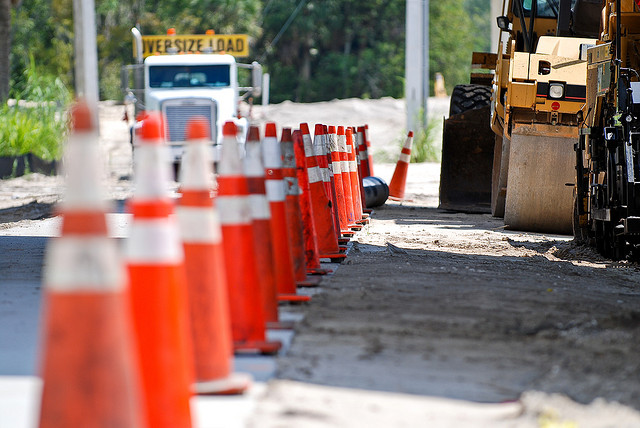The Organization for Economic Cooperation and Development (OECD) recently surveyed 71 pension funds on their interest in alternative investments.
[The full survey can be found here.]
The findings when it came to infrastructure investing were among the most interesting.
The survey found that the funds had increased their alternative investments across all categories between 2010 and 2013.
But when it comes to allocation, infrastructure still occupies the lowest rung on the totem poll.
The OECD sat down with institutional investors recently to ask why they might be hesitant to invest in infrastructure. From Investments and Pensions Europe:
At the recent OECD roundtable on long-term investment policy, institutional investors in attendance cited two main obstacles to infrastructure investment. First was the lack of a transparent and stable policy framework and regulatory risk was a top concern. Second was a lack of bankable investment opportunities.
Other important issues raised included clear and predictable accounting standards, long-term metrics for performance valuations and compensations, standardisation in project documentation, and transferability of loans and portability of guarantees. The expansion of financial instruments available for long-term investment (eg, bonds, equity, basic securitisation of loans), and the need for a clear risk allocation matrix to assign to the potential risk owner (government, investor or both) were also raised.
Ultimately, the primary concern for investors is investment performance in the context of specific objectives, such as paying pensions and annuities. Infrastructure can become an alternative asset class for private investors provided investors can access bankable projects and an acceptable risk/return profile is offered.
The study and roundtable were conducted as part of the OECD Long-term Investment Project.
